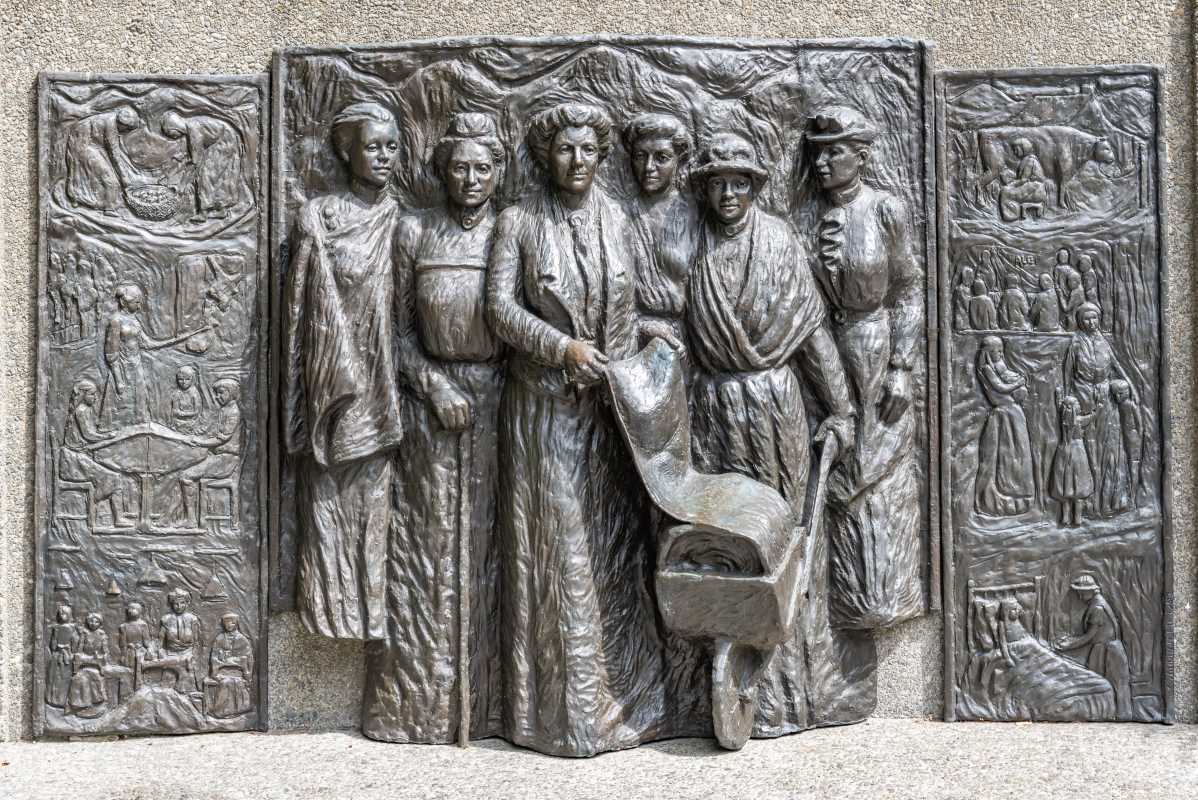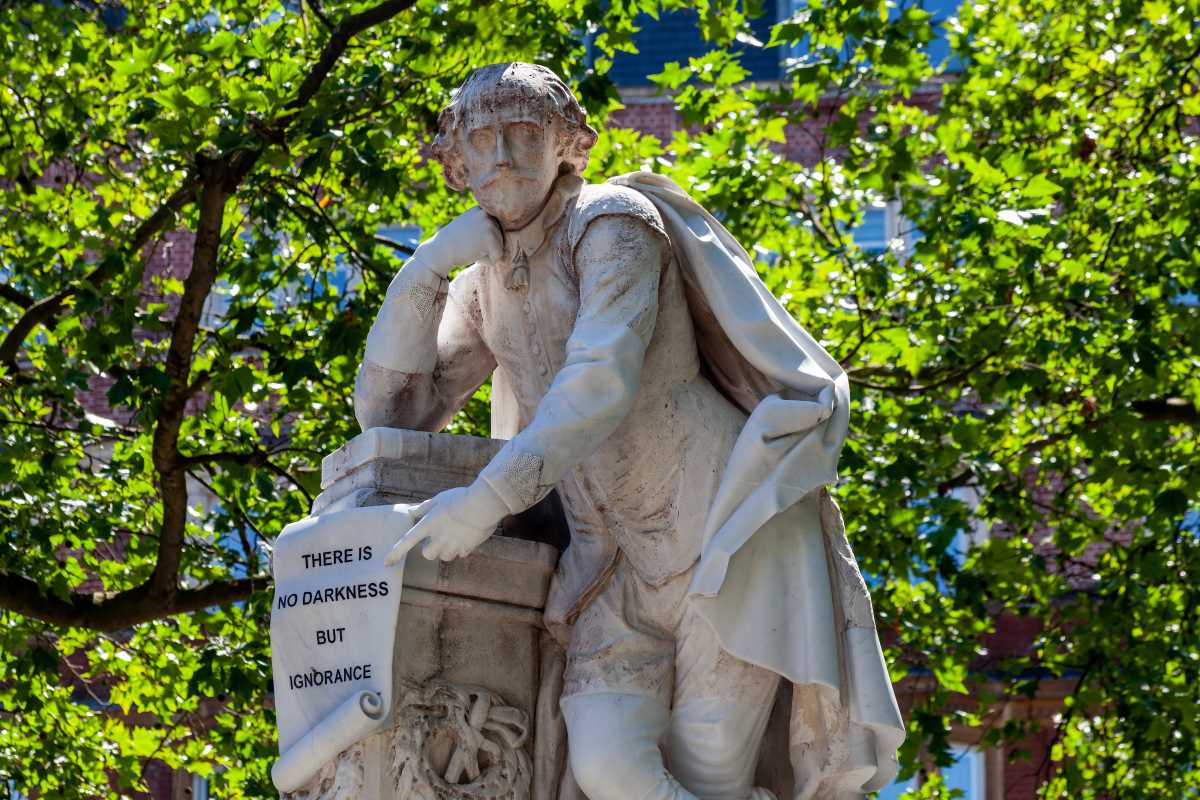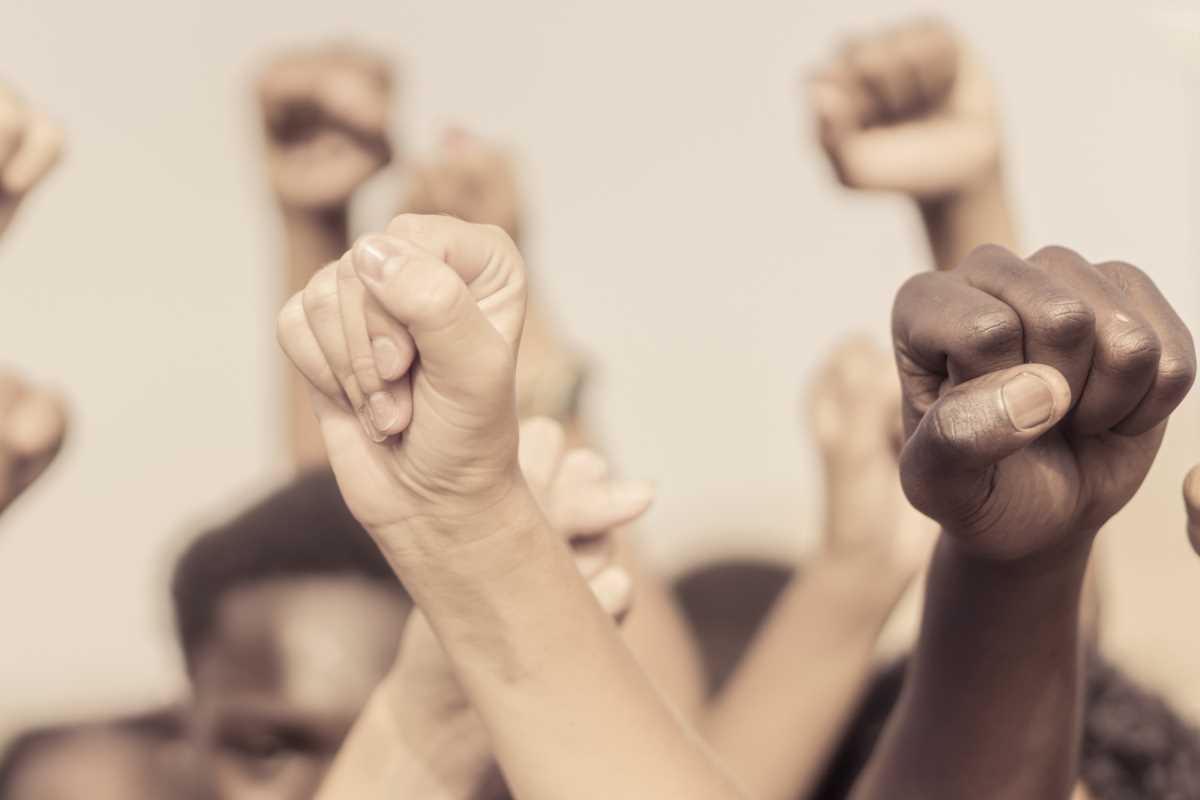The fight for women's equality has taken many forms over the years, but few movements have been as significant as the push for women's suffrage. Gaining the right to vote wasn't just about participating in elections; it was about redefining women's roles in society and proving that they deserved the same rights as men. This movement shaped the world as we know it and laid the foundation for modern feminism, a movement that continues to challenge inequality on multiple fronts.
Women’s suffrage and modern feminism are deeply connected, each influencing the other in countless ways. To better understand how we got to where we are today, let's look back at the history of the suffrage movement, how it inspired modern feminist efforts, and what challenges remain in the fight for gender equality.
The Origins of the Women’s Suffrage Movement
The women’s suffrage movement in the U.S. began in the mid-19th century, a time when women had little to no rights. They couldn’t own property, vote, or even keep wages they earned. Legally and socially, women were treated as second-class citizens, and their lives were largely confined to domestic roles. However, a growing number of women began to question this status quo.
Early Activists and Milestones
The suffrage movement officially began with the Seneca Falls Convention in 1848, organized by Elizabeth Cady Stanton and Lucretia Mott. This historic meeting in New York produced the Declaration of Sentiments, a document that boldly declared women’s equality with men and demanded the right to vote. It was the first major step in what would be a decades-long struggle.
Other notable figures like Susan B. Anthony and Sojourner Truth helped grow the movement, speaking out against injustice and rallying women to demand their rights. Organizations such as the National American Woman Suffrage Association (NAWSA) worked tirelessly to secure voting rights at both state and federal levels.
The Road to the 19th Amendment
Although progress was slow, the movement gained momentum in the early 20th century. Women organized protests, marches, and hunger strikes, and some even faced imprisonment. Finally, in 1920, their efforts paid off with the ratification of the 19th Amendment, which granted American women the right to vote. It was a monumental victory and a turning point for gender equality in the United States.
Modern Feminism Takes Root
While the suffrage movement succeeded in granting women the right to vote, it didn’t address all the inequalities they faced. Women were still largely excluded from higher education, professional careers, and leadership roles. This gave rise to modern feminism, which seeks equal rights across all aspects of life, not just politics.
The Waves of Feminism
Historians often describe feminism as occurring in waves, each addressing specific issues and building on the successes of earlier movements.
- First Wave (19th and Early 20th Centuries): Focused on political rights, particularly suffrage.
- Second Wave (1960s–1980s): Centered on workplace equality, reproductive rights, and addressing systemic sexism. Books like Betty Friedan’s The Feminine Mystique inspired women to question traditional gender roles.
- Third Wave (1990s–2000s): Focused on individuality, intersectionality, and challenging stereotypes while addressing issues like sexual harassment and gender expression.
- Fourth Wave (2010–Present): Fueled by digital activism, it tackles issues such as sexual violence, workplace inequality, and the role of media in shaping perceptions about gender.
Modern feminism owes much of its success to the groundwork laid by the suffrage movement. By creating spaces for women’s voices to be heard, suffragists helped pave the way for future activists to push for even broader social change.
How the Movements are Connected
The suffrage movement was about more than voting; it was about claiming the right to participate as full members of society. Modern feminism expands on this idea, continuing to dismantle the barriers that keep women from achieving true equality. Both movements share the same core value of demanding respect and opportunities for all, serving as two parts of a larger, ongoing struggle for fairness.
Intersectionality and the Fight for Inclusivity
One key difference between the suffrage movement and modern feminism is the focus on intersectionality. Intersectionality is the idea that people experience oppression differently based on overlapping parts of their identity, such as race, gender, class, and sexual orientation.
Overcoming Exclusive Practices
During the suffrage movement, women of color were often left on the sidelines. For example, Black suffragists like Ida B. Wells and Mary Church Terrell fought both sexism and racism, yet their contributions were frequently overlooked by white activists. This limited the movement’s inclusivity and failed to address the needs of all women.
Modern feminism has learned from this history and actively embraces diverse perspectives. Activists today recognize that feminism isn’t just about wealthy white women but includes the experiences of women of color, LGBTQ+ individuals, and others whose voices have historically been ignored.
Challenges Still Facing Modern Feminism
Even though women today enjoy more rights than at any point in history, the fight for equality is far from over. Modern feminism continues to tackle a wide range of issues, many of which have roots in the struggles faced by suffragists.
The Gender Pay Gap
Women, on average, still earn less than men for doing the same job. Factors like discrimination, undervaluing "women's work," and fewer opportunities for career advancement contribute to this inequality. Feminists are working to close the wage gap and ensure fair pay for women in all industries.
According to the U.S. Bureau of Labor Statistics, in 2023, women working full-time earned 83.6% of what men earned, with median weekly earnings of $1,005 compared to $1,202 for men.
Reproductive Rights
The right to control one’s own body remains a central issue in modern feminism. Access to contraception and abortion varies widely across the U.S., as laws and policies restricting reproductive healthcare continue to emerge.
Violence Against Women
According to the World Health Organization, one in three women worldwide experiences physical or sexual violence at some point in their lives. The #MeToo movement has brought attention to this problem, showing the world how common harassment and abuse are. More work is needed to create a safer society for women.
Political Representation
While the suffrage movement succeeded in securing the right to vote, women are still underrepresented in government. Globally, women hold only about 26% of seats in national parliaments. Increasing gender diversity in leadership positions is an ongoing priority.
 (Image via
(Image via





